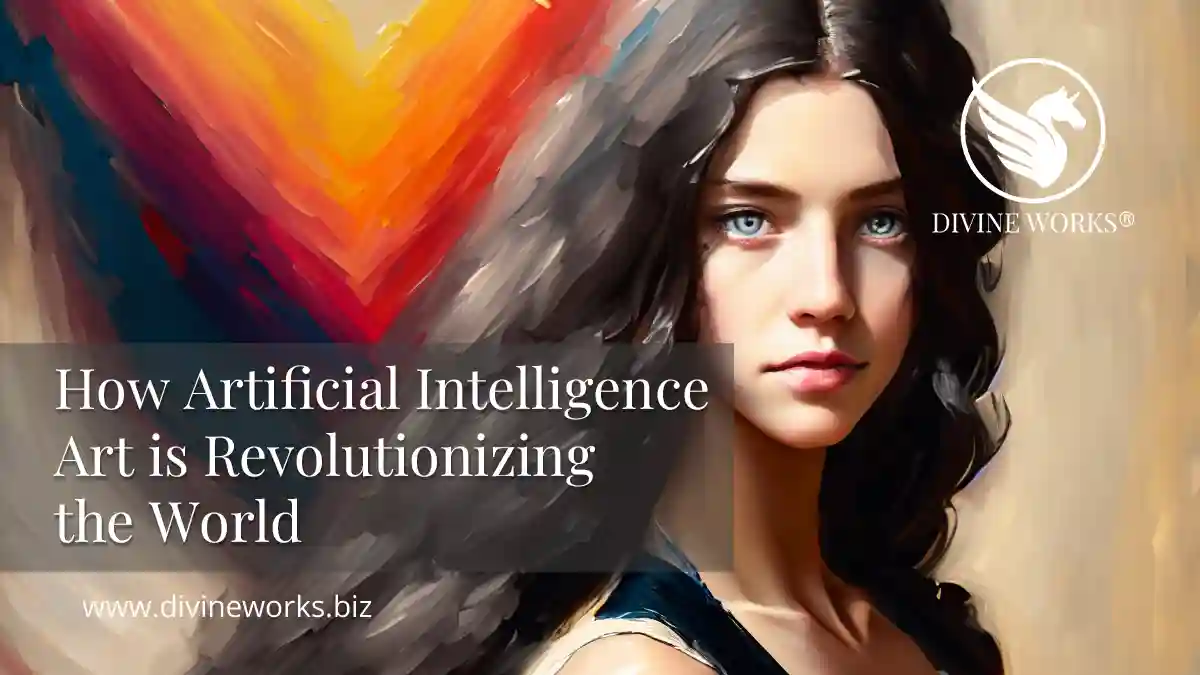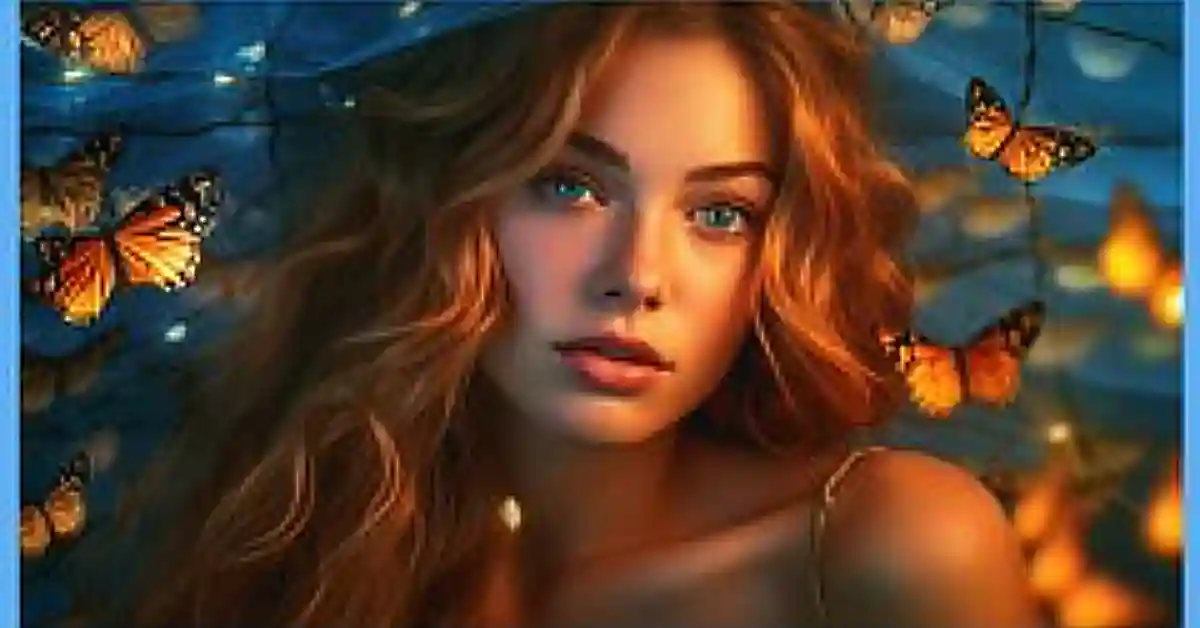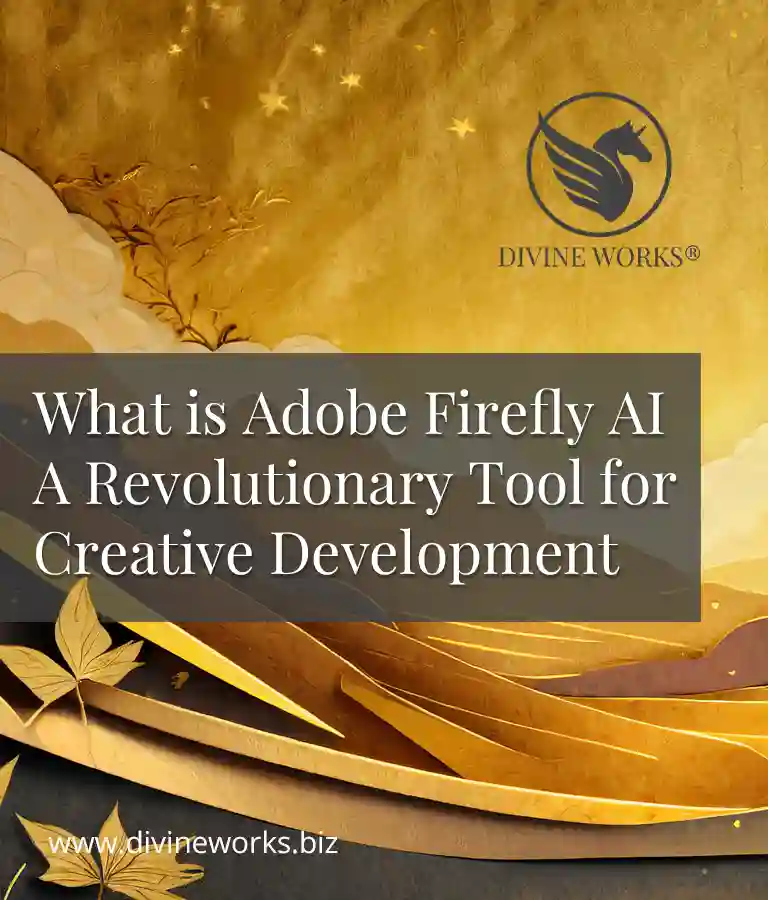
The Power of Generative AI
Artificial Intelligence (AI) has revolutionized various industries, and now it is making its mark in the world of art. As creativity knows no bounds, AI pushes boundaries by creating artworks that captivate and challenge human imagination. From generating original paintings to composing music, AI is unleashing a new era of artistic expression.
Using complex algorithms and neural networks, AI can analyze vast amounts of data and create stunning artificial intelligence art. Artists and technologists are collaborating to develop AI-powered tools that transform simple sketches into intricate masterpieces. This innovative blend of human creativity and machine intelligence is redefining traditional art practices.
AI is enabling artists to expand their creative horizons, experiment with different styles, and discover new artistic possibilities. Moreover, it is opening up opportunities for people who may not have traditional artistic training but possess a passion for creativity. With AI, anyone can become an artist explore their imagination, and create AI-generated art.
By embracing AI as a tool, artists can harness its power to amplify their artistic vision and create artworks that captivate and challenge our imagination...
How artificial intelligence is changing the creative process
AI art generators free or paid are enabling artists to expand their creative horizons, experiment with different styles, and discover new artistic possibilities. With AI-powered tools, artists can now explore unconventional methods of creation, blurring the lines between human and machine. These tools use complex algorithms and neural networks to analyze vast amounts of data and generate stunning pieces of art.
In the past, artists relied solely on their skills and inspiration to create. However, AI allows artists to collaborate with intelligent machines, merging human creativity with machine intelligence. This collaboration brings a new level of depth and complexity to the creative process, resulting in artworks that might not have been possible otherwise.
Moreover, AI is providing artists with a fresh perspective on their work. By analyzing patterns and trends in their previous creations, AI algorithms can suggest new directions and ideas. This feedback loop between the artist and the machine fuels creativity and encourages artists to push their boundaries further.
Examples of AI-generated artwork
One of the most famous examples of AI-generated art is the painting “Portrait of Edmond de Belamy” created by the French art collective Obvious. Using a generative adversarial network (GAN), the AI algorithm analyzed thousands of classical portraits to produce a unique piece of art. The painting was then auctioned for a significant sum, highlighting the growing interest in AI-generated artwork.
Another notable example is the AI-generated music created by Jukedeck, a London-based startup. Their AI algorithm composes original music based on user inputs, such as genre, mood, and tempo. This technology has revolutionized the music industry by providing affordable and customizable music options for films, commercials, and other creative projects.
These examples demonstrate the immense potential of AI in the art world. By leveraging AI algorithms, artists can produce original and thought-provoking artworks that challenge traditional notions of creativity and authorship.
Benefits of using AI in the art industry
The integration of AI in the art industry brings numerous advantages. Firstly, AI-powered tools allow artists to save time and effort by automating repetitive tasks. For instance, AI algorithms can assist in color correction, image enhancement, and even the creation of preliminary sketches. This automation frees up artists to focus on more complex and creative aspects of their work.
Secondly, some best AI art generator offers artists access to a vast database of art history, styles, and techniques. By analyzing existing artworks, AI algorithms can provide valuable insights and suggestions to artists, helping them refine their artistic vision and explore new artistic directions.
Furthermore, AI-driven art platforms and marketplaces are democratizing the art world. These platforms connect artists with potential buyers and provide exposure to a global audience. Artists who may not have had access to traditional art galleries or exhibitions can now showcase their work online and reach collectors and enthusiasts worldwide.
Challenges and controversies surrounding AI in art
While AI in art has its benefits, it also raises several challenges and controversies. One of the main concerns is the loss of human touch and authenticity. Critics argue that AI-generated artworks lack the emotional depth and personal expression that come from the human experience. They worry that AI might commodify art and devalue the role of human artists.
Another challenge is the ethical considerations surrounding AI-generated art. AI algorithms rely on vast amounts of data, which might include copyrighted material or sensitive information. Artists and technologists must navigate the legal and ethical implications of using AI in their creative process to ensure they do not infringe on intellectual property rights or violate privacy.
Additionally, there is a fear that AI might perpetuate existing biases and inequalities in the art world. If AI algorithms are trained on a biased dataset, they might reproduce those biases in the generated artwork. This raises questions about representation and diversity in AI-generated art and calls for a critical examination of the data used to train these algorithms.
The role of AI in art curation and discovery
AI is not only transforming the creative process but also revolutionizing art curation and discovery. Traditional art curation involves human curators selecting and organizing artworks for exhibitions and galleries. However, AI algorithms can analyze vast amounts of data and curate art collections based on patterns, themes, and historical significance.
AI-powered platforms like Artrendex and Artnome are using machine learning algorithms to recommend artworks to collectors and art enthusiasts. By analyzing users’ preferences and browsing behavior, these platforms can suggest artworks that align with their tastes and interests. This personalized approach to art discovery enhances the overall experience for collectors and promotes the discovery of new artists.
Moreover, AI algorithms can assist in the authentication and attribution of artworks. With the rise of counterfeit artworks, AI technology can analyze brush strokes, color palettes, and other artistic elements to determine the authenticity of a piece. This helps protect the integrity of the art market and ensures that collectors are investing in genuine artworks.
AI-powered tools for artists and creatives
AI-powered tools are revolutionizing the way artists create and collaborate. For instance, tools like DeepArt and Prisma use AI algorithms to transform simple sketches into intricate and realistic artworks. These tools allow artists to experiment with different styles and techniques, expanding their creative possibilities.
Additionally, AI algorithms can generate 3D models and virtual environments, enabling artists to create immersive and interactive artworks. Virtual reality (VR) and augmented reality (AR) technologies powered by AI are pushing the boundaries of artistic expression and blurring the lines between the physical and digital realms.
Furthermore, AI-based chatbots and virtual assistants are helping artists with administrative tasks, such as managing schedules, organizing portfolios, and even handling client communications. These tools streamline the workflow for artists, allowing them to focus on their creative process and artistic vision.
AI in art education and learning
AI is transforming art education and learning by providing new avenues for exploration and creativity. Online platforms like Google’s Arts & Culture and Art Steps use AI algorithms to provide interactive learning experiences and virtual museum tours. These platforms make art accessible to anyone with an internet connection, democratizing art education and fostering a global appreciation for art.
Additionally, AI algorithms can provide personalized feedback and guidance to art students. By analyzing their artworks and artistic progress, AI can identify areas for improvement and suggest exercises or resources to enhance their skills. This personalized approach to art education empowers students to develop their artistic abilities at their own pace.
Moreover, AI-powered tools can assist in art therapy and mental health support. For individuals facing emotional challenges, creating art can be a therapeutic outlet. AI algorithms can analyze the emotional content of artworks and provide insights that can aid therapists in understanding their patients’ emotional states and progress.
Ethical considerations in AI-generated art
As AI-generated art becomes more prevalent, ethical considerations come to the forefront. One of the main concerns is the potential for AI to create art that mimics the style of famous artists, potentially devaluing their original works. Artists and curators must carefully consider the boundaries between homage and imitation to ensure that AI-generated art respects the legacy and integrity of established artists.
Furthermore, the ownership and copyright of AI-generated artworks are still ambiguous. As AI algorithms generate art based on existing datasets, determining the ownership and rights of the resulting artwork becomes complex. Artists, collectors, and legal experts need to establish guidelines and frameworks to navigate the legal aspects of AI-generated art.
Another ethical concern is the potential for AI algorithms to generate offensive or harmful content. AI algorithms learn from the data they are trained on, and if exposed to biased or hateful content, they might reproduce those biases in their generated artworks. Ensuring that AI-generated art aligns with ethical standards requires constant monitoring and evaluation of the training data and algorithms.
The future of AI in the art world
The future of AI in the art world is promising. As technology advances, AI algorithms will become more sophisticated, allowing for even greater collaboration between human artists and intelligent machines. The integration of AI in art education and curation will enhance the overall art experience and promote the discovery of new artists.
Find Below Some Exciting AI Courses For Graphic Designers

DALL-E 3 Masterclass: Master DALL-E Image Generation

Adobe Firefly Ultimate Guide: Become an Adobe Firefly Expert

AI Art Midjourney Passive Income: Make and Sell Art




